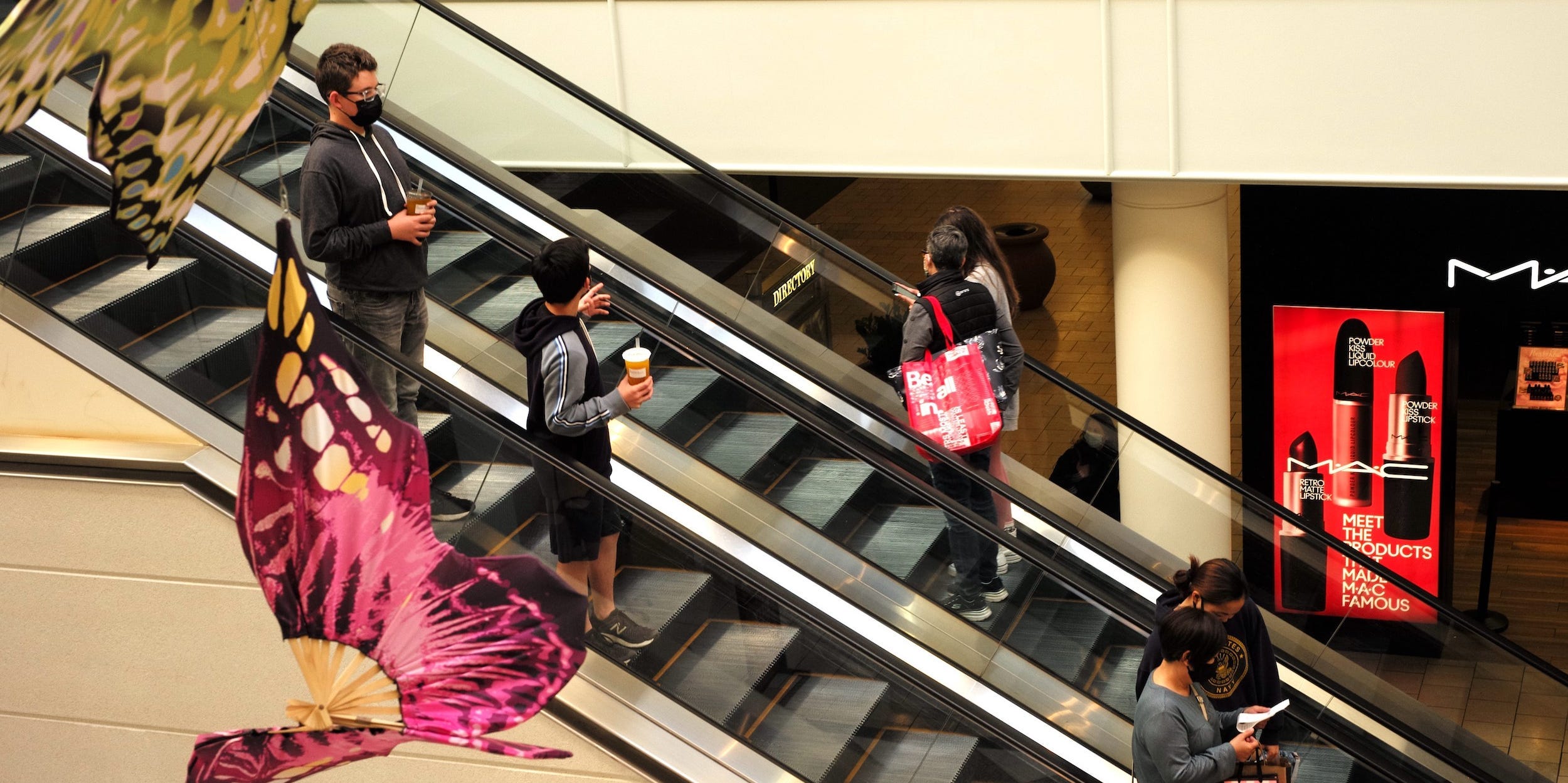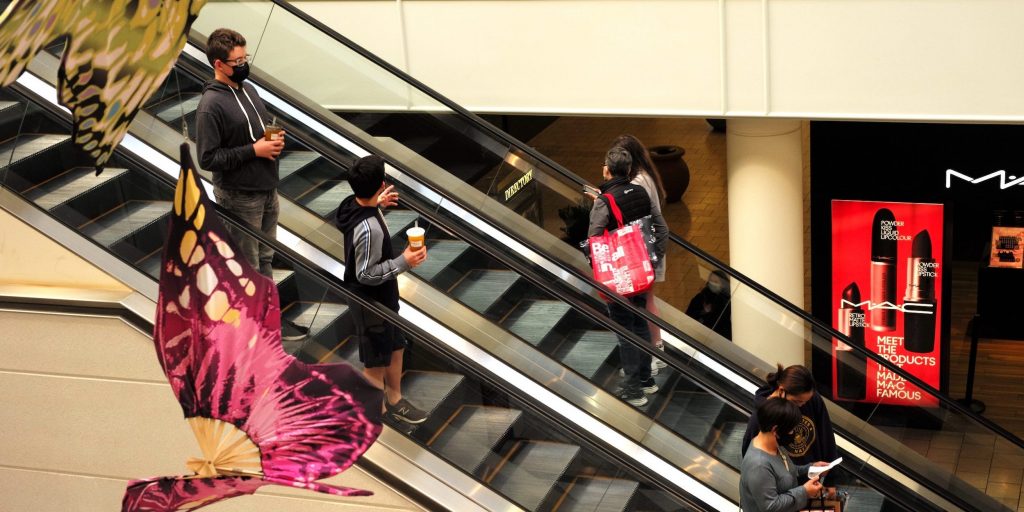
Wu Xiaoling/Xinhua/Getty Images
- The Consumer Price Index – a key inflation gauge – rose 0.6% in May, the Bureau of Labor Statistics said.
- The 5% annual rise in the CPI was the biggest increase since August 2008.
- Republicans have blamed Biden's spending for inflation, while Democrats see the jump as temporary.
- See more stories on Insider's business page.
Consumer prices broadly rose more than forecasted in May as rebounding demand butted heads with various supply shortages through reopening.
The Consumer Price Index climbed 0.6% from April to May, the Bureau of Labor Statistics said Thursday. That landed above the median estimate of 0.4% from economists surveyed by Bloomberg. The release follows a 0.8% month-over-month jump in April, which was the largest single-month jump in prices since 2009.
The May increase mostly came from a 7.3% jump in the prices of used cars and trucks, which accounted for about one-third of the seasonally adjusted all items increase. Food costs jumped 0.4%, and gasoline prices fell 0.7%.
Prices surged 5% from the year-ago period, indicating the strongest one-year inflation since August 2008. Forecasters expected year-over-year price growth to hit 4.7%. The year-over-year measure is somewhat skewed by the May 2020 reading. Prices slid slightly that month as the country remained in strict lockdown. The decline now makes for a lower level with which to compare last month's price growth.
Core CPI inflation – which strips out volatile food and energy prices to better track long-term changes – climbed 0.7% month-over-month. That met the median estimate of a 0.7% increase.
Buying sprees, bottlenecks, and shortages
While measures of consumer demand show an economy well on its way to full recovery, the rebound is now running into a spate of supply strains. Shortages of products ranging from semiconductors to lumber have led prices of various items to skyrocket. At the same time, Americans' spending has held at elevated levels, placing even more focus on the supply side to ease inflationary pressures.
The unprecedented economic situation has also split experts on how inflation will trend in the months ahead. Republicans and some moderate Democrats recently doubled down on their claims that the Biden administration's spending efforts risk an inflationary spiral.
Democrats, on the other hand, largely see the overshoot as temporary and expect inflation to cool as supply chains heal. President Joe Biden took a larger step toward addressing various bottlenecks on Tuesday, announcing a plan to shore up supply of semiconductors, batteries, and other in-demand products. The administration aims to collaborate across departments to identify and counter bottlenecks as they emerge. The plan also proposes funding for boosting domestic production.
Even if supply chains quickly heal, the administration is prepared for stronger inflation to last through the year. Elevated inflation rates are "not something that's endemic," Treasury Secretary Janet Yellen said late last month. The government should still spend on infrastructure and other investments despite the high inflation prints, she added.
